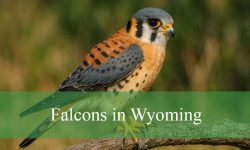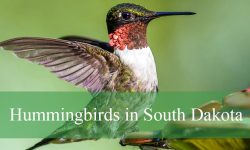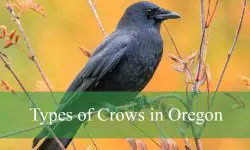Orioles in Texas fill the skies with vibrant hues and sweet songs, making forests, orchards, and neighborhoods their stage.
Birdwatchers can spot Baltimore, Bullock’s, Scott’s, and Orchard Orioles throughout the state during their migration and breeding seasons. Observing these birds provides insight into their unique behaviors, feeding habits, and nesting patterns.
From the bright orange of the Baltimore Oriole to the striking black-and-yellow Scott’s Oriole, Texas offers ideal habitats to enjoy these beautiful and melodic birds up close.
Different Types of Orioles Found in Texas
Baltimore Oriole (Icterus galbula)
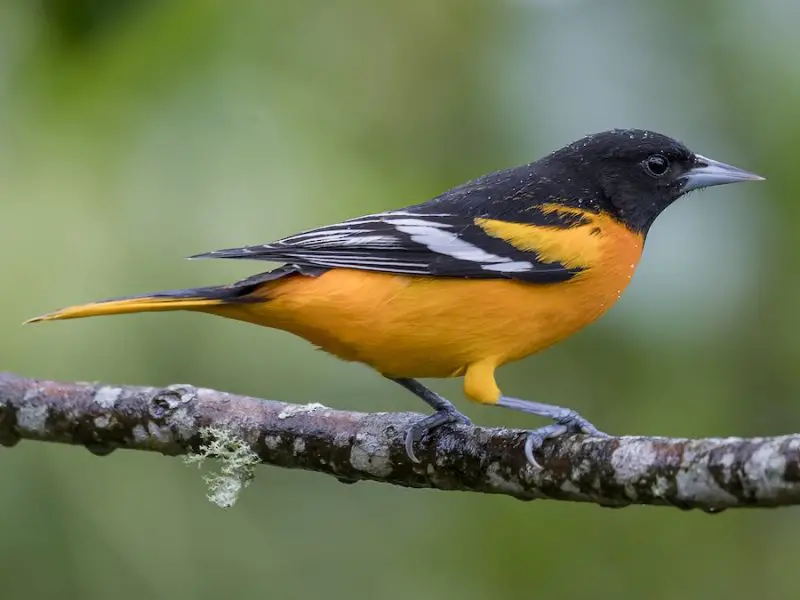
The Baltimore Oriole is one of the most striking birds in Texas, easily recognized by its bright orange body contrasted with black on the head and back. Males are especially vivid, while females show a more subdued yellow-orange coloration with grayish wings. Their slender, pointed bills are perfect for foraging insects, nectar, and fruit.
During the spring and summer, Baltimore Orioles are commonly found in eastern and central Texas. They favor open woodlands, forest edges, and suburban areas with large trees. These birds are migratory, arriving in Texas around April and leaving by September to winter in Central America.
Baltimore Orioles are known for their intricate hanging nests, often woven from plant fibers, which dangle from tree branches. Their song is a sweet, flutelike series of notes that can be heard throughout the breeding season, making them a favorite among birdwatchers.
Observing Baltimore Orioles is easiest during morning hours when they forage actively for insects and nectar. They are attracted to feeders with orange slices, grape jelly, or specialized nectar feeders. Peak viewing times in Texas are typically from late April through early July.
Bullock’s Oriole (Icterus bullockii)

Bullock’s Oriole is a visually stunning bird, with males displaying bright orange underparts, a black throat, and a striking white wing patch. Females are paler, with yellow-orange tones and more subtle markings. Their long, pointed bills are ideal for probing flowers and catching insects mid-air.
In Texas, Bullock’s Orioles are most commonly seen in the western and central regions, particularly in riparian areas and open woodlands. They migrate through the state in spring and fall, with some individuals breeding in the westernmost areas. They prefer areas with cottonwoods, oaks, and other large deciduous trees.
These orioles are skilled nest builders, creating pendulous nests suspended from tree branches. Their diet includes insects, spiders, nectar, and fruit, and they are particularly fond of oranges and sugar water at feeders. The male’s song is a series of rich, melodious whistles.
Birdwatchers in Texas often spot Bullock’s Orioles from late March to September. Early mornings are the best time to observe them actively foraging and singing. Installing nectar feeders or orange slices can significantly increase the chances of attracting these colorful visitors.
Scott’s Oriole (Icterus parisorum)
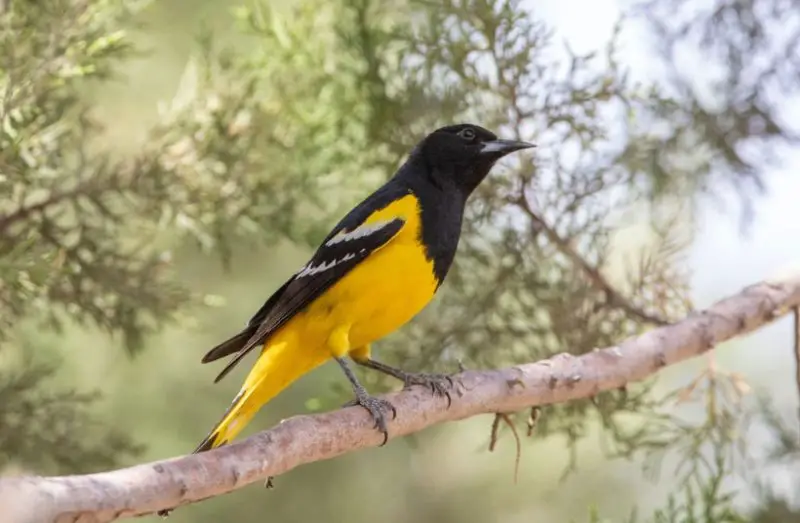
Scott’s Oriole is primarily found in western and southwestern Texas. Males have a striking combination of black and yellow, with a mostly black head and back and bright yellow underparts. Females are duller, with olive-yellow tones replacing the bright yellow, making them more camouflaged.
These orioles favor desert scrub, mesquite, juniper, and oak habitats. They are non-migratory in parts of Texas, especially in the Trans-Pecos region, though some northern populations may move slightly south in winter. Their preference for arid, open woodlands makes them unique among orioles in the state.
Scott’s Orioles are versatile feeders, consuming insects, nectar, and berries. Their hanging, basket-shaped nests are usually attached to the outer branches of shrubs or trees. Males are known for their melodious whistles and sometimes mimic other bird species.
The best time to observe Scott’s Orioles in Texas is during the spring and summer breeding season. Birdwatchers should explore western scrublands, canyons, and river valleys early in the morning when these orioles are most active. Nectar feeders and fruit stations can attract them to backyard gardens in suitable regions.
Orchard Oriole (Icterus spurius)
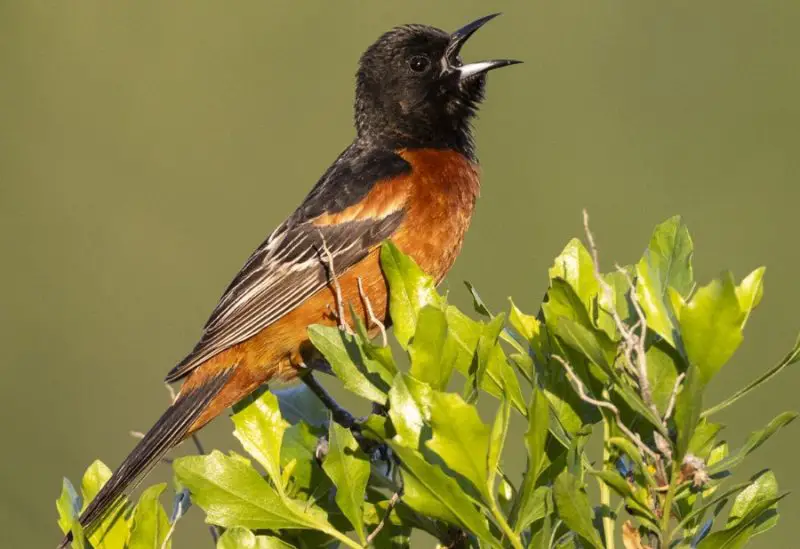
The Orchard Oriole is the smallest oriole species found in Texas. Males have rich chestnut-colored underparts with black heads and backs, while females display olive-yellow plumage with grayish tones. Their slender bills are well-adapted for catching insects and sipping nectar.
Orchard Orioles are migratory, passing through Texas during spring and summer. They prefer open woodlands, orchards, and suburban areas with scattered trees. Their presence is most notable from late April through August, particularly in central and eastern Texas.
These orioles feed on insects, spiders, fruit, and nectar, often foraging in the outer branches of trees. Males are known for their melodic, warbling songs that mark their territories and attract mates. They build small, hanging nests that sway gently from slender branches.
To spot Orchard Orioles in Texas, birdwatchers should focus on wooded edges, orchards, and areas with flowering trees. Early morning visits during the breeding season are ideal. They are easily attracted to feeders offering fruit, nectar, or sugar water.
Comparison of Orioles in Texas
Below is a comparison of four common orioles in Texas, highlighting size, coloration, habitat, and diet:
Species |
Size (cm) |
Male Coloration |
Female Coloration |
Typical Habitat |
Main Diet |
|---|---|---|---|---|---|
Baltimore Oriole (Icterus galbula) |
17–22 |
Black back, bright orange belly |
Pale orange-yellow, grayish |
Open woodlands, riverside trees, gardens |
Insects, fruits, nectar |
Bullock’s Oriole (Icterus bullockii) |
17–21 |
Black back with white wing bar, orange belly |
Pale yellow, gray |
Dry shrublands, grasslands, woodland edges |
Insects, fruits, nectar |
Scott’s Oriole (Icterus parisorum) |
19–23 |
Black and pale yellow |
Pale yellow to olive |
Arid regions, deserts, scrublands |
Insects, fruits, flowers |
Orchard Oriole (Icterus spurius) |
14–17 |
Chestnut-brown chest, black back |
Pale yellow |
Orchards, grasslands, riverside areas |
Insects, fruits, nectar |
Best Time and Places to Spot Orioles in Texas
Orioles are most active in Texas from late April through early September, which corresponds to their migration and breeding periods. During this time, mornings are ideal for observation, as the birds spend early hours foraging for insects, nectar, and fruit. Spring migration brings Baltimore, Bullock’s, and Orchard Orioles through eastern, central, and some western parts of the state, while Scott’s Oriole is mostly resident in western regions, particularly in arid scrublands and desert areas.
Eastern Texas woodlands offer excellent opportunities to see Baltimore and Orchard Orioles, especially in open forests, parks, and suburban areas with mature trees. In contrast, Bullock’s Orioles are more commonly observed in western and central Texas, frequenting riparian zones lined with cottonwoods and oaks. Scott’s Orioles inhabit southwestern Texas, favoring mesquite scrublands, canyons, and desert-like landscapes, where they can be seen perching on shrubs or foraging along tree lines.
Areas with fruiting trees, flowering plants, or nectar feeders also attract orioles during their time in Texas. Observers who provide food sources such as oranges, grape jelly, or sugar water can increase their chances of attracting these colorful birds. Gardens, orchards, and suburban yards with suitable trees are often rewarding spots for watching orioles, especially during peak activity hours in the morning.
FAQs About Orioles in Texas
How can I attract orioles to my backyard?
Orioles can be attracted with nectar feeders, orange slices, grape jelly, or other fruit. Planting flowering trees and shrubs also provides natural food sources that encourage orioles to visit.
Are orioles migratory in Texas?
Most orioles, including Baltimore, Bullock’s, and Orchard Orioles, are migratory and pass through Texas in spring and summer. Scott’s Oriole is primarily resident in western Texas, although some populations move slightly south in winter.
What types of nests do orioles build?
Orioles construct pendulous, hanging nests from tree branches or shrubs. These intricately woven nests protect eggs and chicks from predators while providing a secure environment for raising their young.
When is the best time of day to watch orioles?
Early morning is the best time to observe orioles. They are most active while foraging and singing to mark their territories, making mornings ideal for birdwatchers.
Can orioles be seen in urban areas?
Yes, orioles adapt well to suburban and urban environments with large trees, flowering plants, and fruit-bearing trees. Feeders and garden fruit can also attract them to populated areas.



